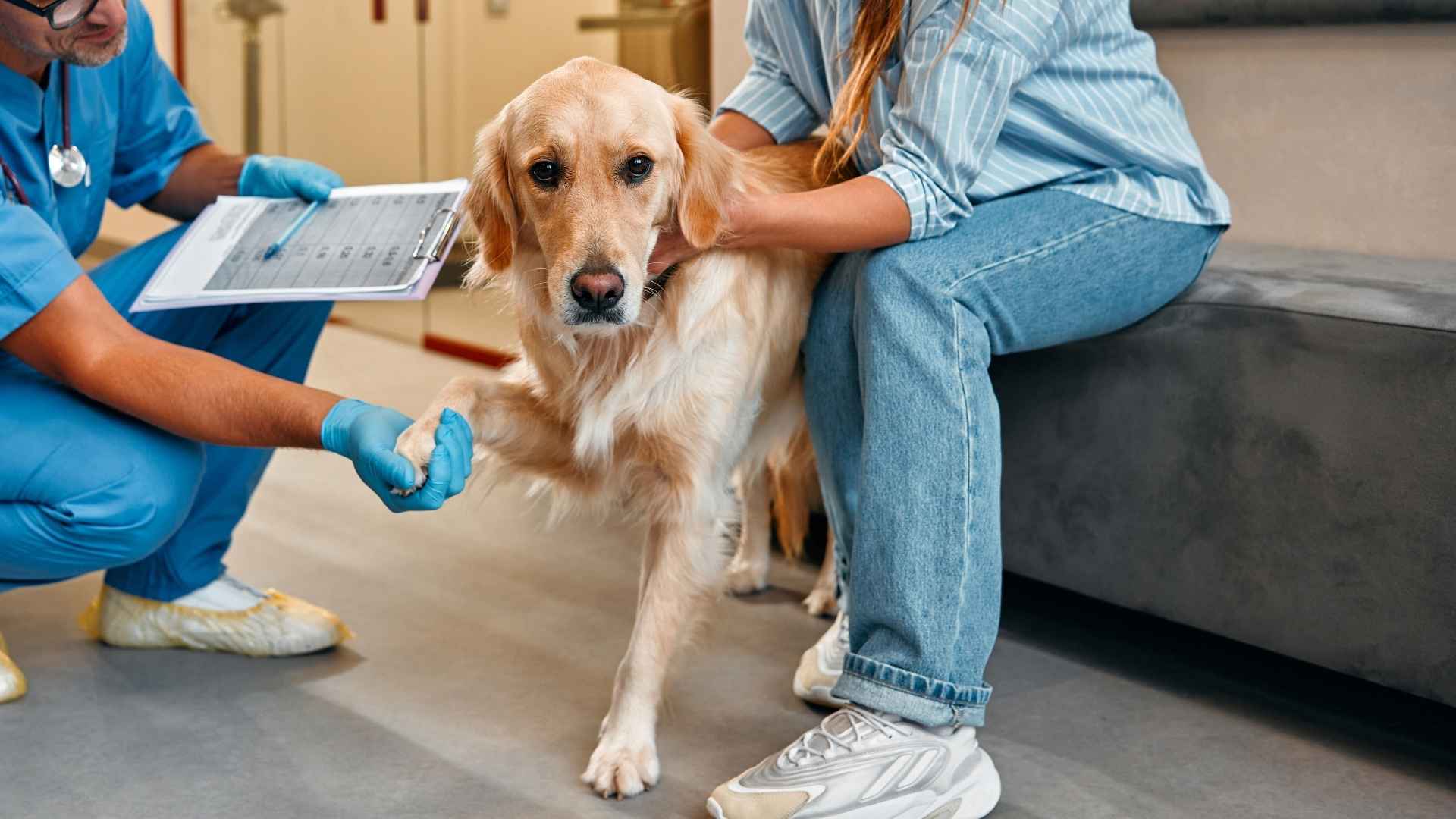They run. They leap. They twist mid-air to catch a ball—and sometimes, they land wrong. Knee issues are unfortunately, common in the dog world.
Medium to large dog breeds—particularly those with weaker core muscles—are especially vulnerable to a common knee injury called a cranial cruciate ligament (CCL) tear. This condition is similar to an ACL tear in humans and can severely impact a dog’s mobility. Another frequent knee issue involves the kneecap, known as patellar luxation, which happens when the kneecap shifts out of its normal position, causing discomfort, limping, or an odd skipping gait.
For pet parents, knowing which breeds are prone to knee problems like luxating patella or ACL tears isn’t just helpful—it’s essential. Certain breeds are built in ways that put more stress on those little joints. These breeds often face lifelong joint challenges if not cared for properly.
But here’s the good news: with the right knowledge and early care, many of these pups live long, playful, and pain-free lives. So if you’re thinking of welcoming one of these breeds into your home—or already have one—this guide is for you.
We’ll walk you through the most commonly affected breeds, explain what to watch for, and offer tips to keep those bouncy knees in great shape. Because nothing should slow your dog’s zoomies… except a nap
Dog Breeds With Common Knee Problems
1. Labrador Retriever
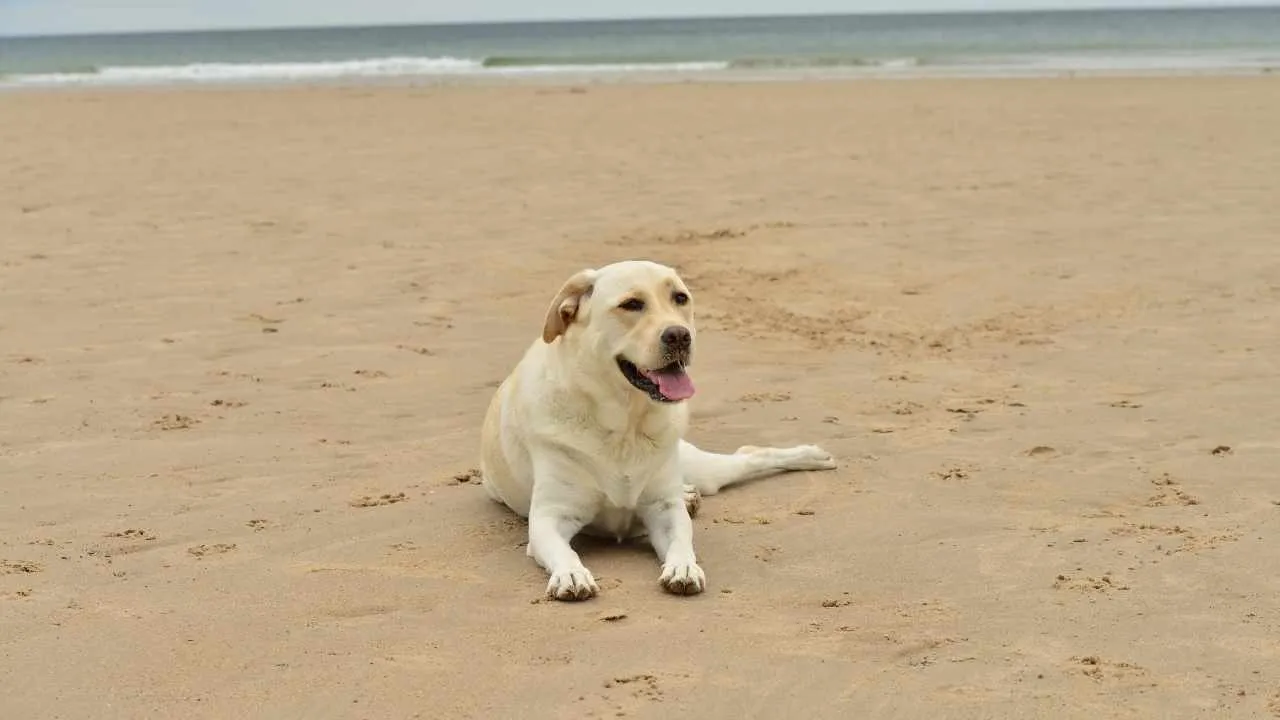
It’s no surprise that the Labrador Retriever consistently ranks as one of the most popular dog breeds worldwide.
Why? Because Labs are the ultimate package of charm, smarts, and heart. They’re famously friendly — practically everyone’s best friend — with a gentle, patient nature that makes them perfect for families, first-time dog owners, and even as therapy or service dogs.
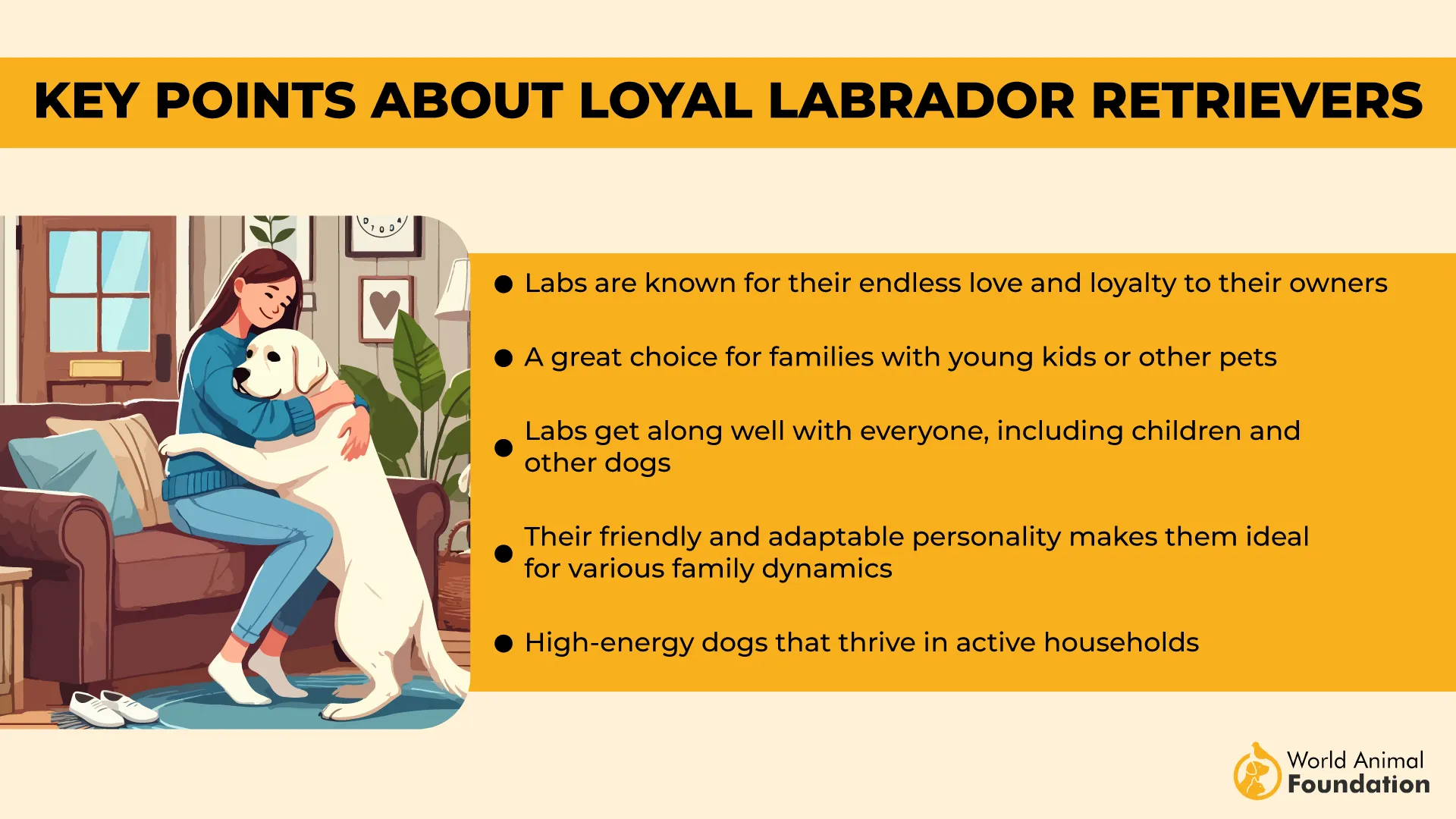
Their build is solid and muscular, but built for speed and stamina, perfect for retrieving and playing fetch for hours. But all that enthusiasm comes with a little caveat: Labs have a higher risk of cranial cruciate ligament (CCL) tears, especially when their “puppy potbelly” gets a bit too round.
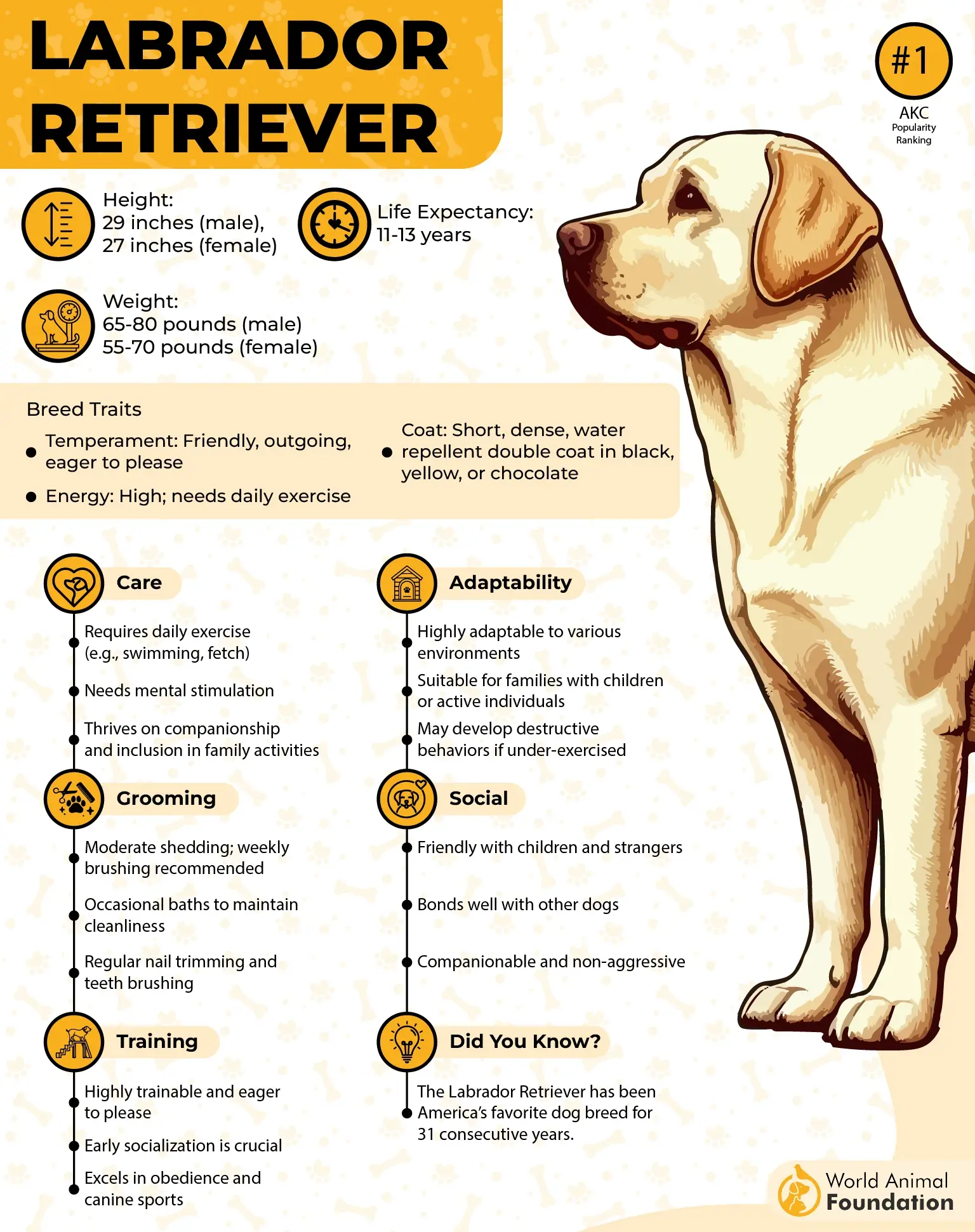
What’s Up with Those Knees?
Labs tend to love their food as much as their humans do, and extra weight can pile on faster than you can say “treat!” This added heft puts serious pressure on their knees, increasing the chances of CCL injuries — basically, their knee ligaments can give out under the strain.
How to Keep Those Lab Knees in Tip-Top Shape
Keeping your Lab trim is the #1 way to ease knee pressure and keep them moving pain-free.
Daily walks and playtime build muscle to support those joints without overdoing it.
Balanced nutrition keeps weight in check and joints happy.
Catch any knee issues early to avoid major drama later.
Labs may be party animals, but their knees appreciate a little moderation. With some TLC, your Lab will keep wagging, running, and fetching like the unstoppable bundle of joy they are.
2. Golden Retriever
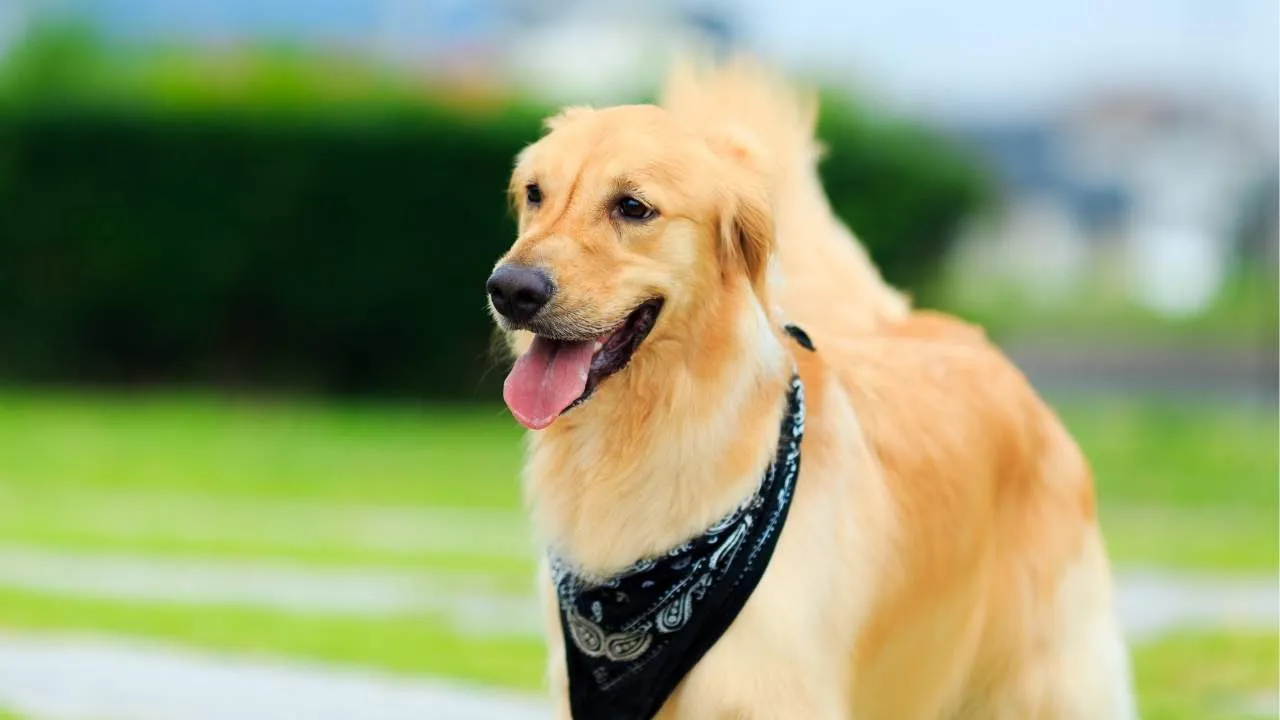
Golden Retrievers are the epitome of “man’s best friend” — friendly, loyal, and with a smile that can brighten even the gloomiest days.
Known for their luscious golden coats and warm, expressive eyes, these dogs are the definition of a family favorite. They have a sweet, patient temperament that makes them fantastic with kids, strangers, and other pets alike.
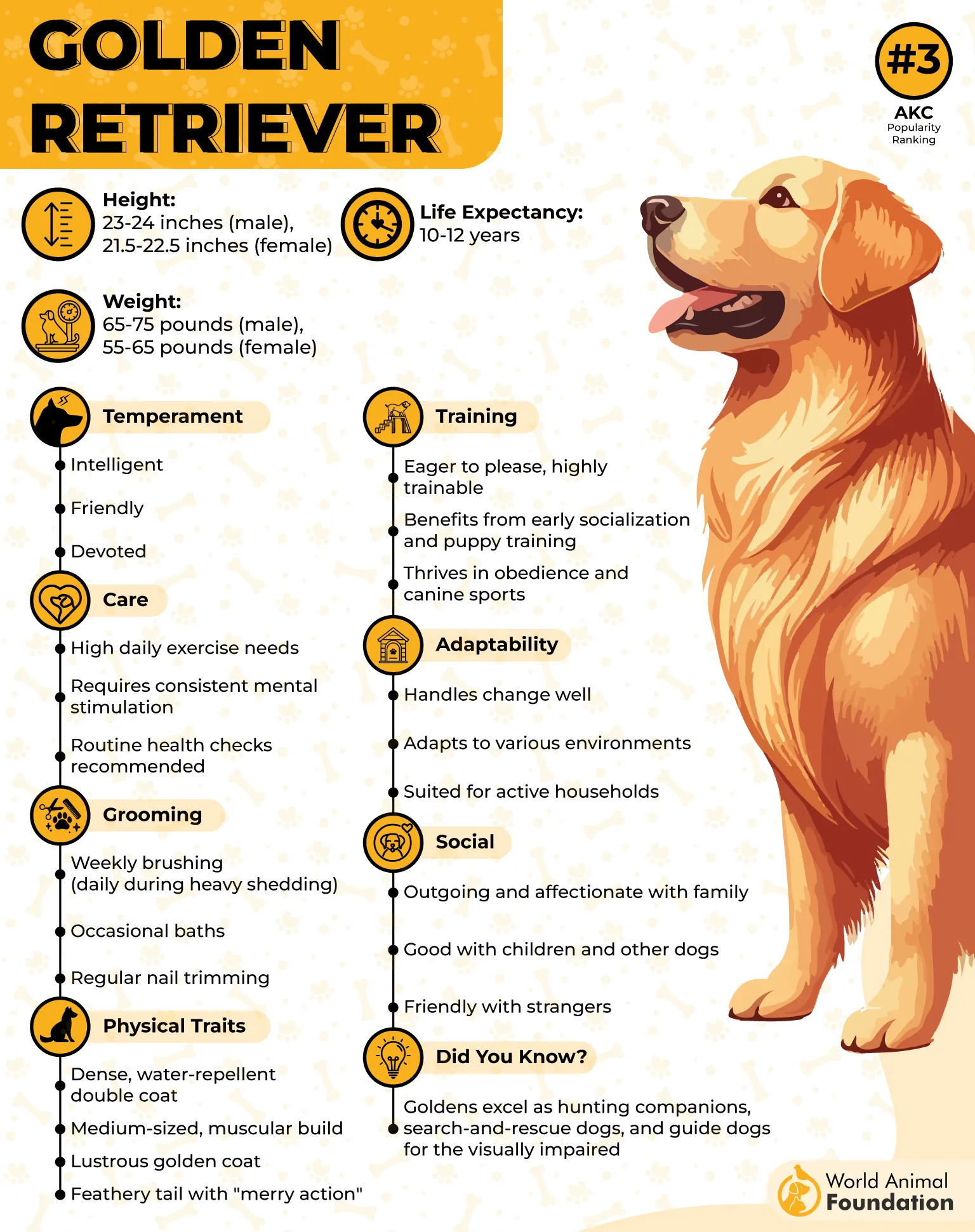
They’re also energetic and love outdoor fun, whether it’s a game of fetch, a swim in the lake, or a long walk. But behind all that golden fluff and wagging tail lies a secret: their knees can sometimes be drama queens, prone to cranial cruciate ligament (CCL) injuries and patellar luxation.
What’s the Knee Drama About?
Golden Retrievers love to run, jump, and splash through puddles like happy little kids — but all that joyful energy sometimes comes with a cost. When their CCL ligament tears or their kneecaps decide to wander out of place (hello, patellar luxation), you might notice:
Limping or skipping like they’re suddenly auditioning for a ballet recital
Favoring one leg with all the sass of a toddler refusing to walk
Difficulty jumping up on the couch or climbing stairs without a little “ouch” moment
Being medium-large dogs with active lifestyles means their knees get a serious workout. Add in some genetic predisposition, and their knees sometimes feel overwhelmed, like an overworked puppy accountant trying to keep up with all the numbers.
How to Keep Those Golden Knees Happy?
Keep a healthy weight, because even a little extra fluff can make knees work overtime
Regular, moderate exercise keeps muscles strong to support those joints
Avoid slippery floors that turn walks into unplanned dance-offs
Regular vet check-ups to catch any early signs before the drama escalates
Golden Retrievers might throw the occasional knee tantrum, but with your love and care, they’ll keep bringing that golden sunshine into your life, one wag at a time.
3. Rottweiler
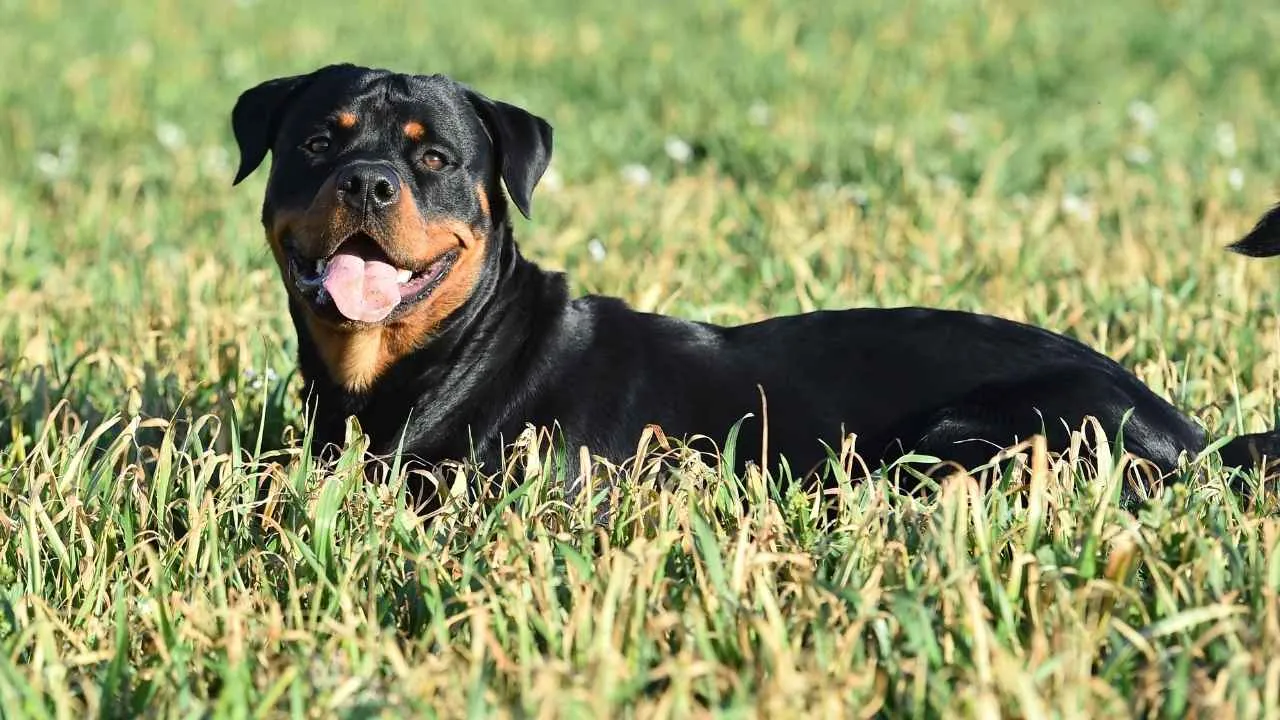
Rottweilers are the canine equivalent of a heavyweight champ — powerful, confident, and built like a tank. These medium-large dogs usually weigh between 80 to 135 pounds and stand around 22 to 27 inches tall.
With their broad chests and massive muscles, they’re natural protectors and loyal companions who look ready to take on anything… except maybe their own knees when they decide to act up.
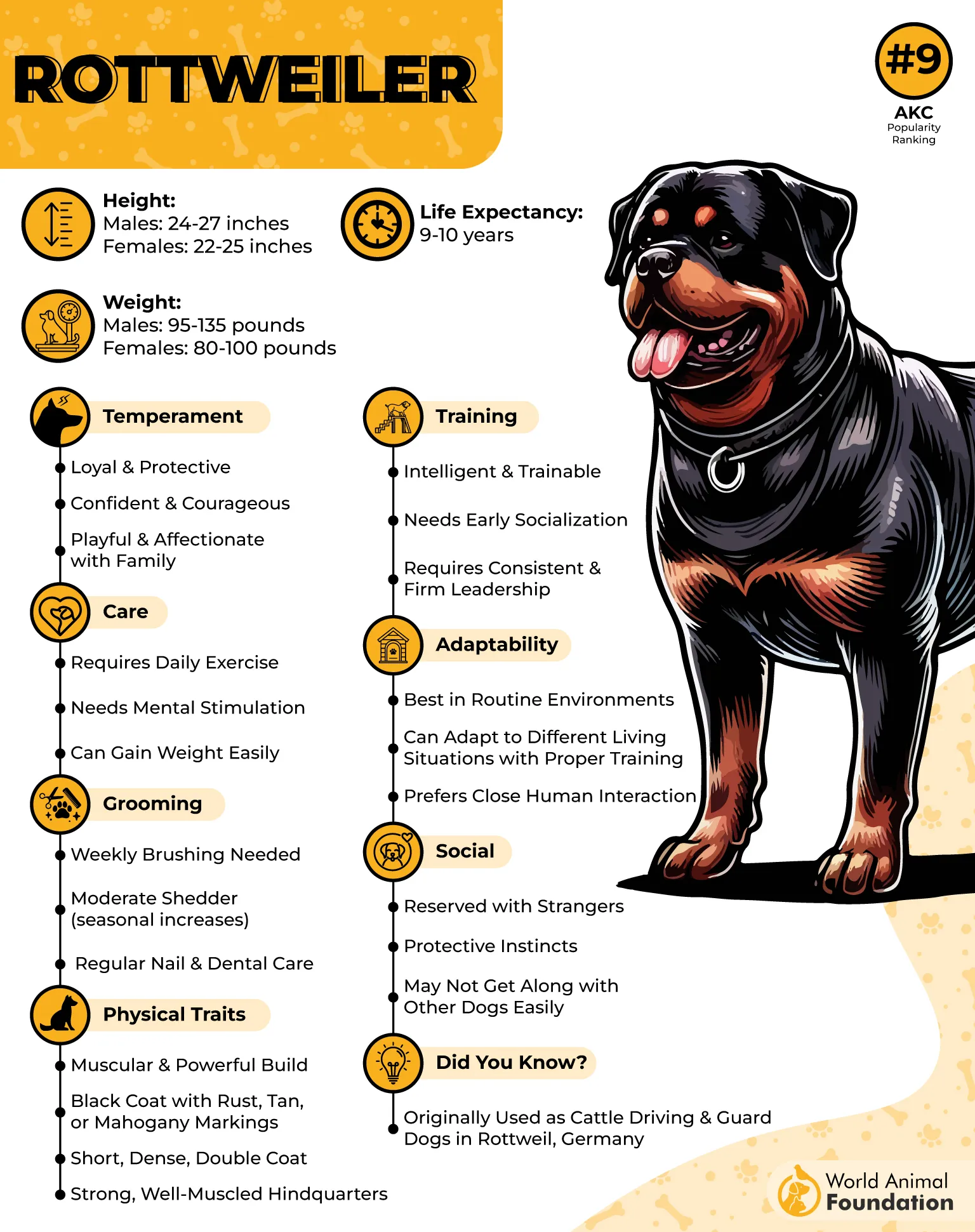
Rottweilers are intelligent and quick learners, but they require consistent, firm training paired with plenty of socialization from an early age. Their natural guarding instincts make them excellent watchdogs — alert and fearless when it comes to protecting their loved ones.
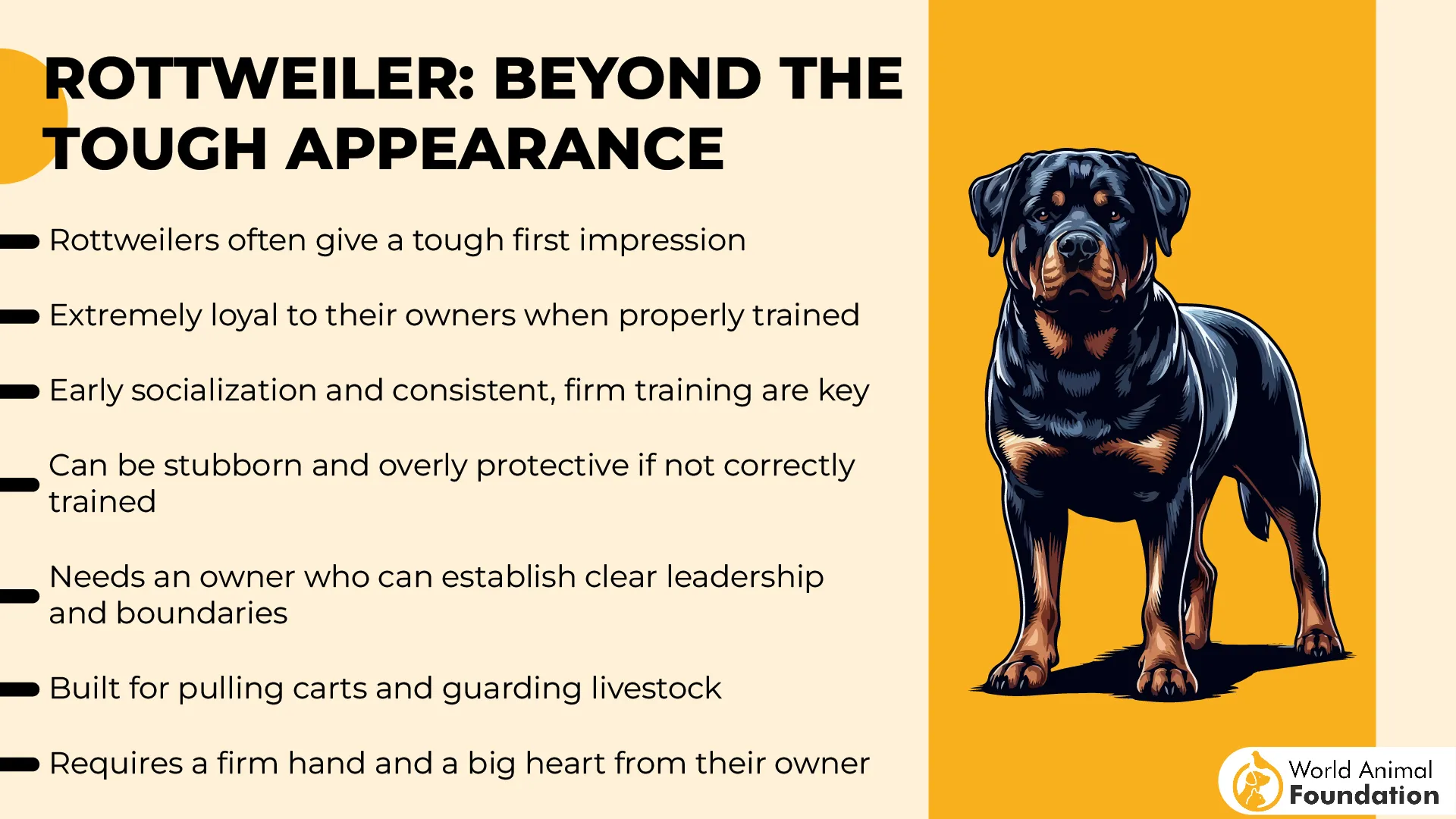
Like many big, strong breeds, Rottweilers are susceptible to suffering from cranial cruciate ligament (CCL) injuries (that’s dog-speak for ACL tears). In fact, research from UFAW says Rotties are three to seven times more likely to experience this knee drama compared to other dogs. Talk about bad odds for your tough guy!
What Happens When the CCL Goes “Snap”?
If your Rottweiler’s knee ligament tears, you might notice:
Limping or favoring one leg like it’s suddenly the least favorite family member
Trouble putting weight on the affected leg (think of it like a “nope, not today” attitude from their knee)
Swelling around the knee that makes the leg look puffier than usual
How to Keep Those Rottie Knees in Fighting Shape
Extra pounds are like carrying around a backpack full of rocks — your dog’s knees definitely don’t want that.
Rottweilers love a good play session, but avoid super-intense or high-impact workouts.
Spotting knee trouble early means quicker treatment and less pain.
Think of these as a little extra armor for their hardworking knees.
Despite their occasional knee complaints, Rottweilers are loyal, brave, and downright lovable — just don’t ask their knees to keep up with their superhero attitude!
4. Great Dane
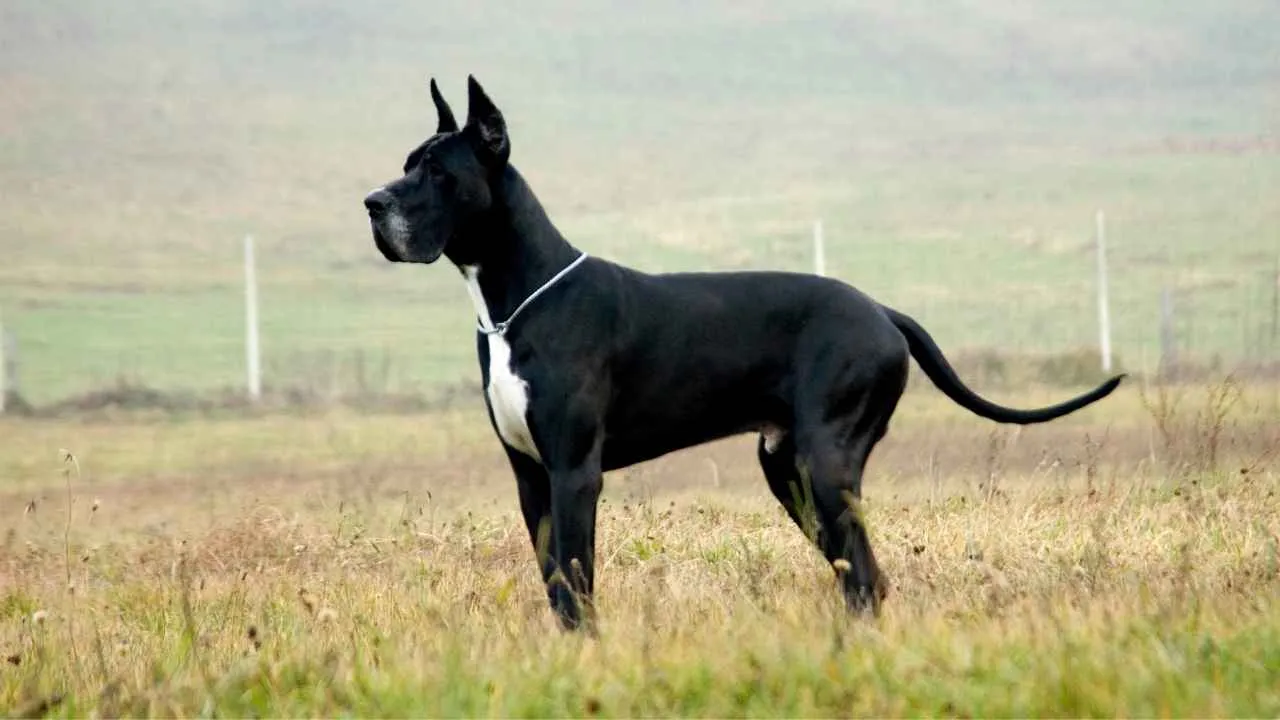
Great Danes are the towering sweethearts of the dog world — famously huge but surprisingly gentle and affectionate.
Often called “gentle giants,” these majestic dogs combine their impressive height (standing anywhere from 28 to 34 inches tall and weighing between 100 to 175 pounds) with a friendly, calm personality that makes them beloved family companions.
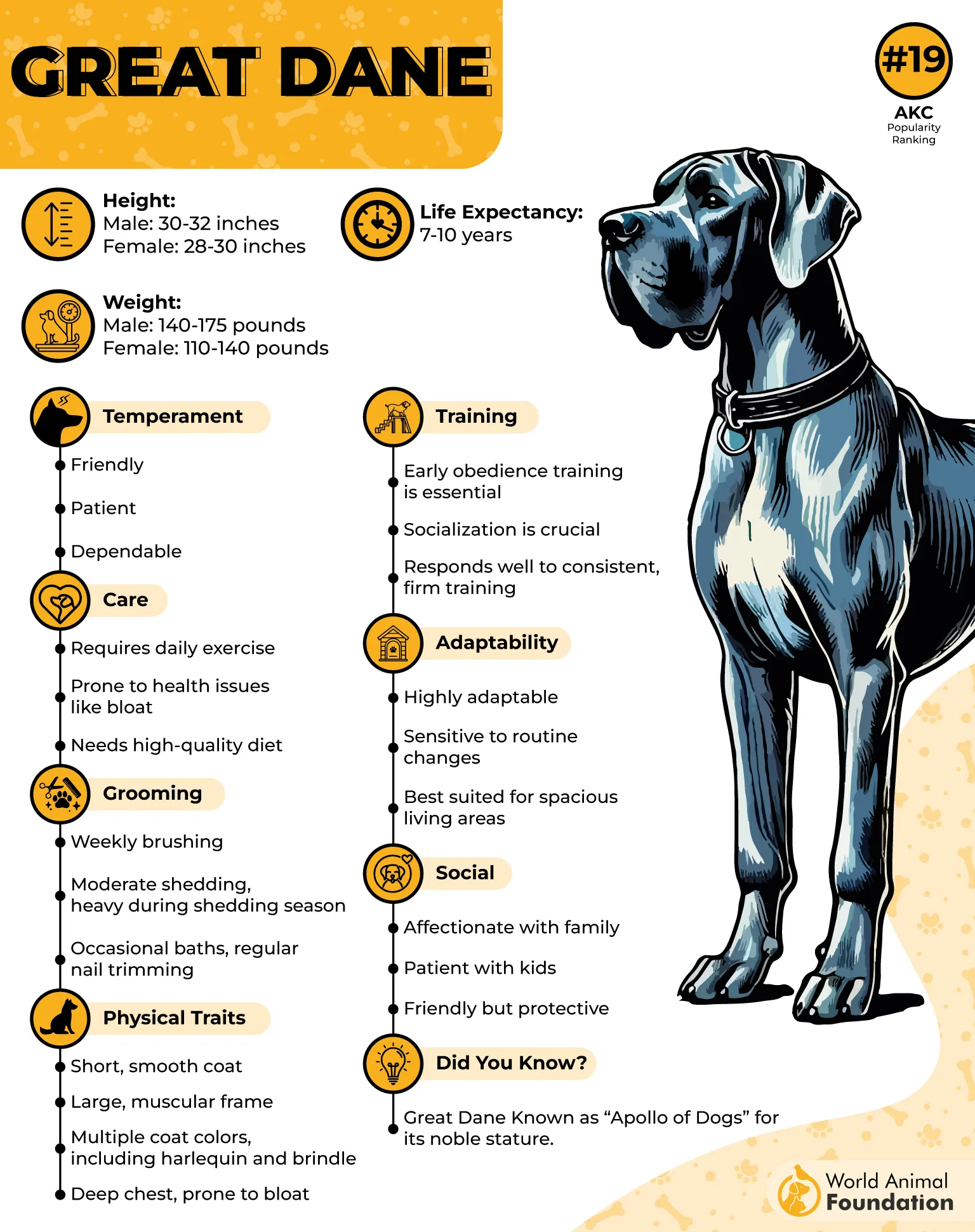
With their sleek, muscular bodies and elegant statures, Great Danes look like they just stepped out of a royal portrait. They carry a lot of bulk on those long legs, which unfortunately puts them at risk for cranial cruciate ligament (CCL) injuries and hip dysplasia.
Keeping Those Knees in Check
Avoid excessive jumping or rough play on slippery floors (they already look like they’re on stilts — no need to add slip ‘n slide into the mix).
Regular moderate exercise keeps those muscles strong enough to support all that grandeur.
A healthy diet and weight management are crucial.
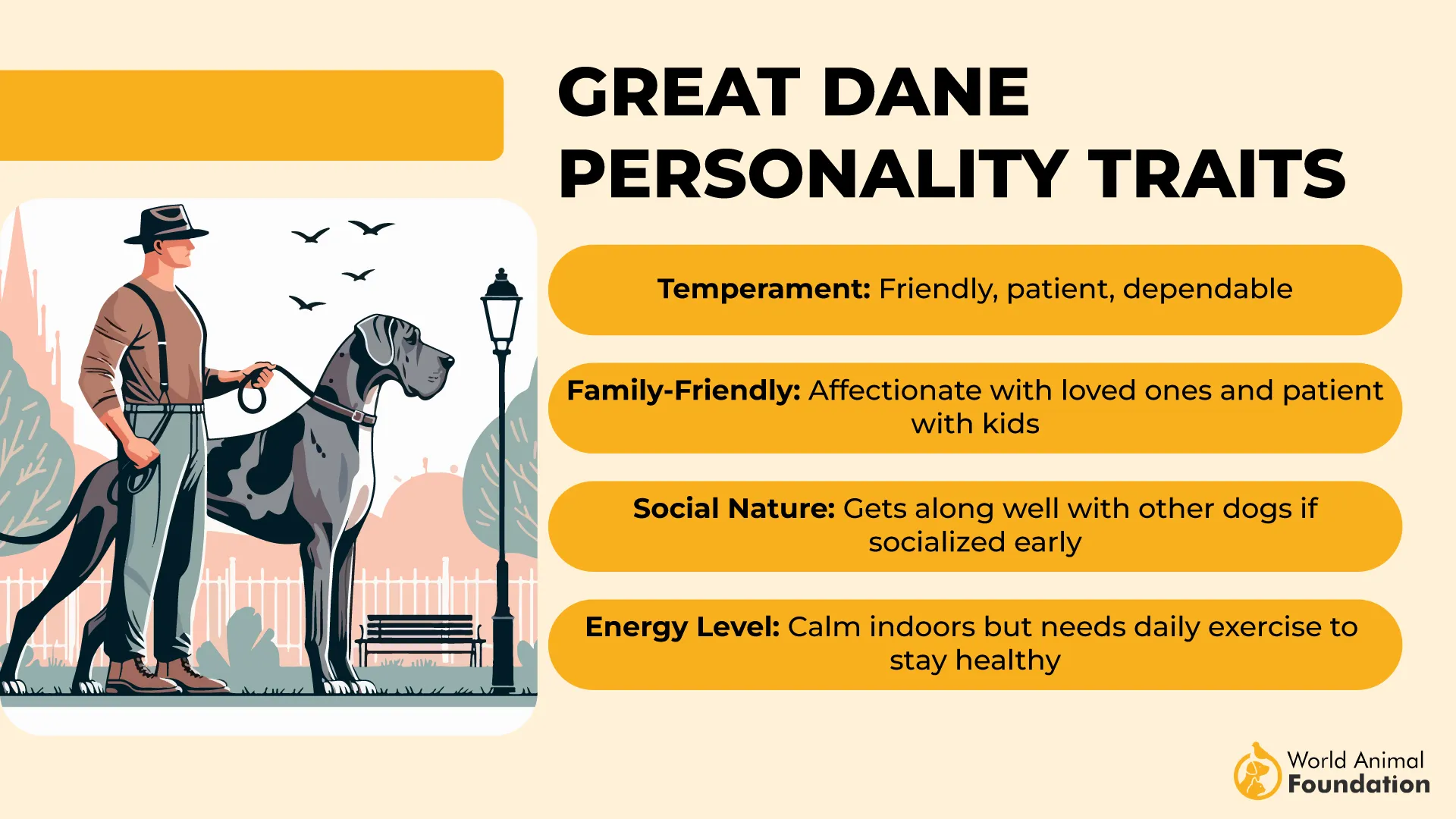
Their knees might occasionally decide to throw a tantrum, leaving your regal Dane doing a bit of limping, bunny hopping, or giving you the classic “my leg isn’t working right” look. Think of it as their way of saying, “Hey, I’m big, but sometimes my joints aren’t as tough as my bark!”
Despite their size, Great Danes are known for their laid-back, easygoing temperament. They’re loyal, patient, and great with kids, making them big-hearted couch potatoes as much as playful pals. Just be ready for a lot of love — and a lot of dog!
5. Saint Bernard
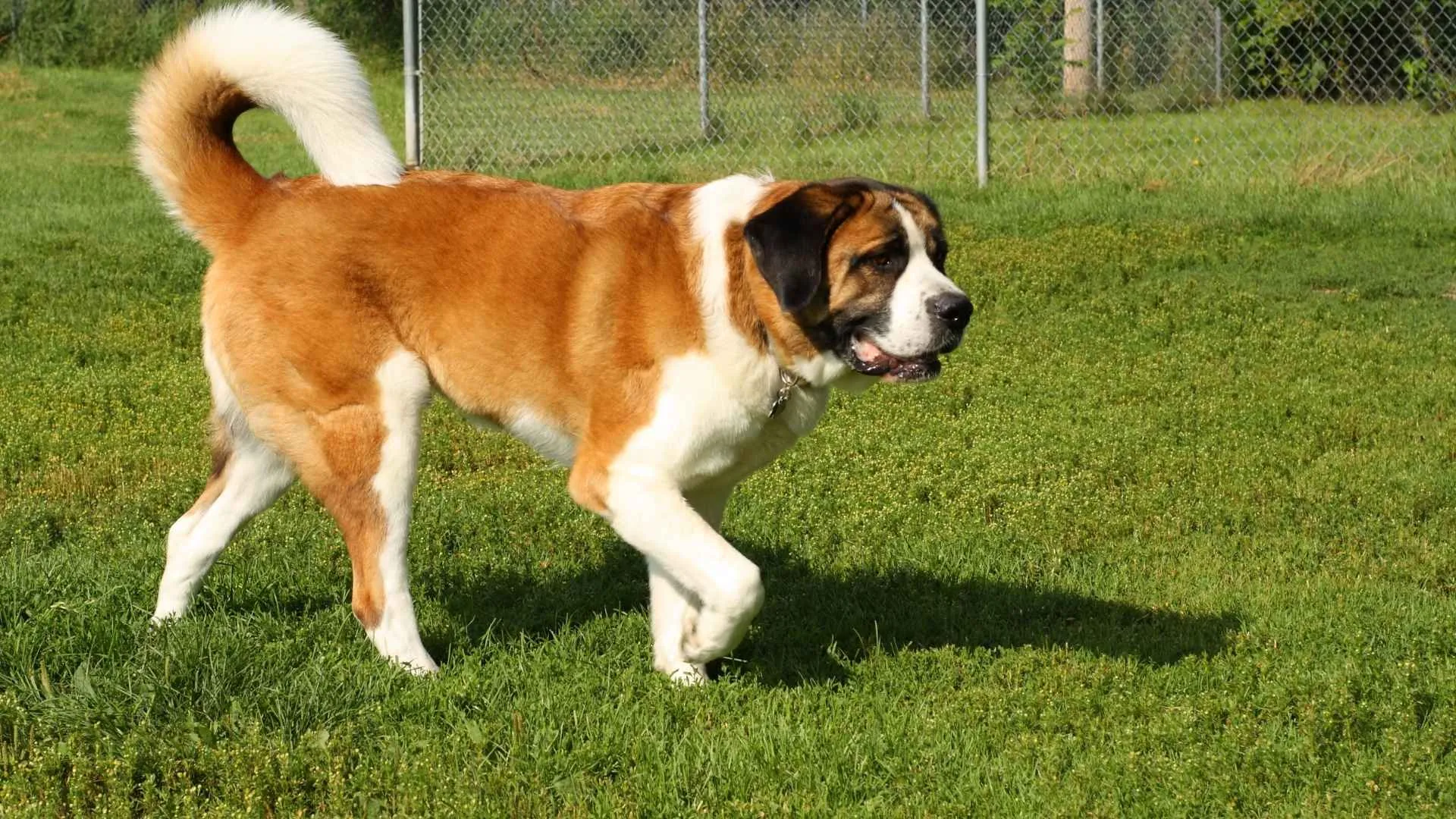
Saint Bernards are the gentle giants of the dog world—massive, fluffy, and lovable enough to melt even the coldest heart. With males tipping the scales between 63 to 81 kgs yeah, these guys are basically walking couches), It’s no surprise that their big frames sometimes come with big joint problems, especially hip dysplasia.
Imagine your dog’s hip joint is like a perfectly fitting puzzle piece that helps them run, jump, and channel their inner mountain rescue hero. When that puzzle piece is a bit off, it leads to hip dysplasia, which can cause pain, stiffness, and some less-than-graceful moves.
Saint Bernards might show it by:
Limping in one or both legs (sometimes looking like they’re auditioning for a slow-motion walk)
Bunny-like hopping when they want to move fast (because hopping seems easier than limping)
Struggling to stand up, jump on the couch, or tackle stairs without looking like they’re training for a slow-mo Olympic event
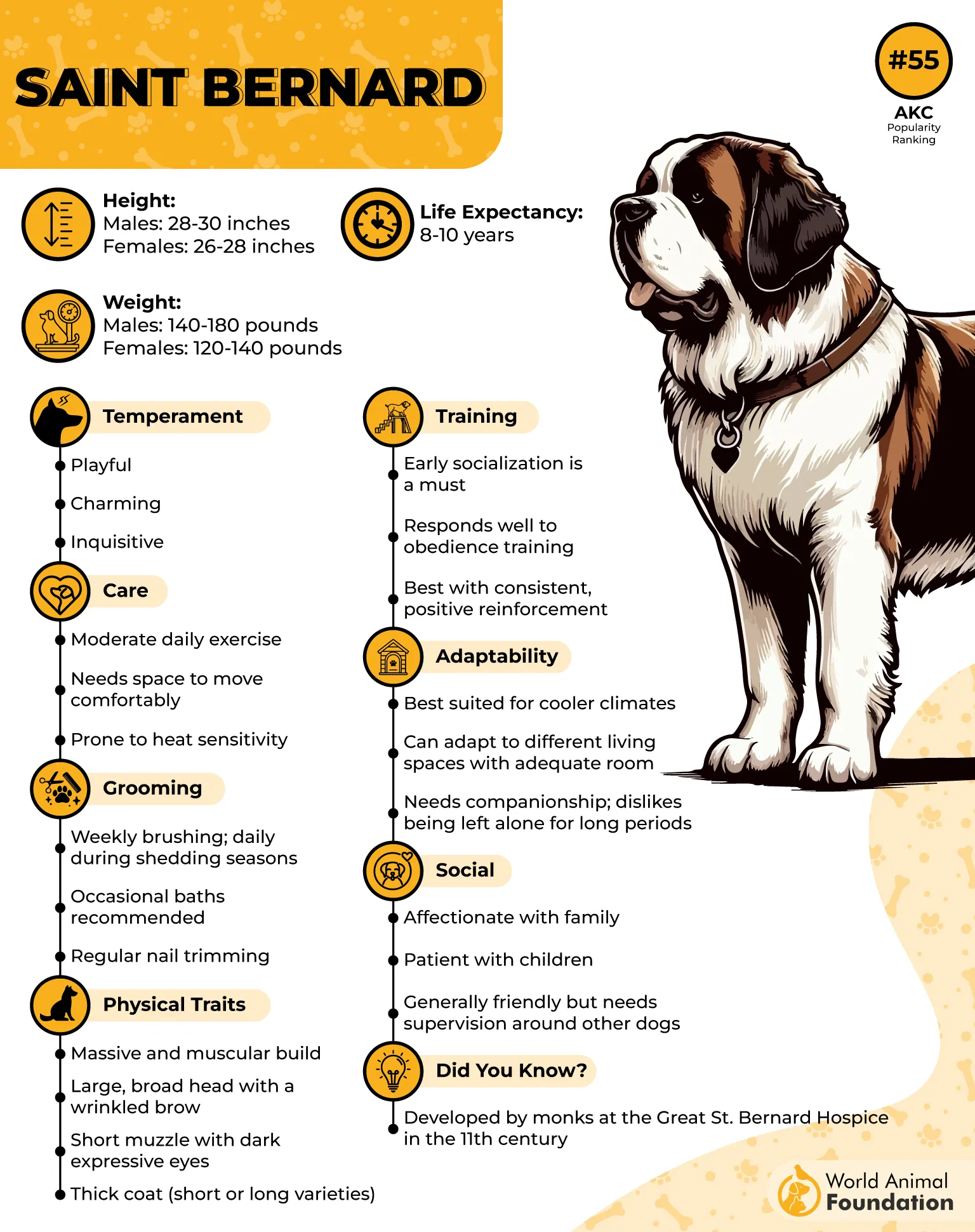
With their sheer size and weight, it’s like their hips are carrying a mini elephant every day. Add in rapid growth as puppies and intense activity too soon, and those joints can get a little overwhelmed before they’re ready.
How to Help Keep Those Hips Happy?
Good nutrition is your best friend — it helps build strong bones and muscles without packing on extra pounds.
Skip the marathon playdates and intense workouts until your pup’s muscles and bones have fully developed.
Early signs are easier to manage than advanced aches — so stay on top of it.
Orthopedic beds and gentle massages can be a literal lifesaver for these big guys.
Saint Bernards may be giant goofballs with heavy paws and clumsy moves sometimes, but their hearts are pure gold. With the right care and a little knee and hip TLC, these gentle giants will keep waddling into your life with all the love (and slobbery kisses) you could ever ask for.
6. Dachshund
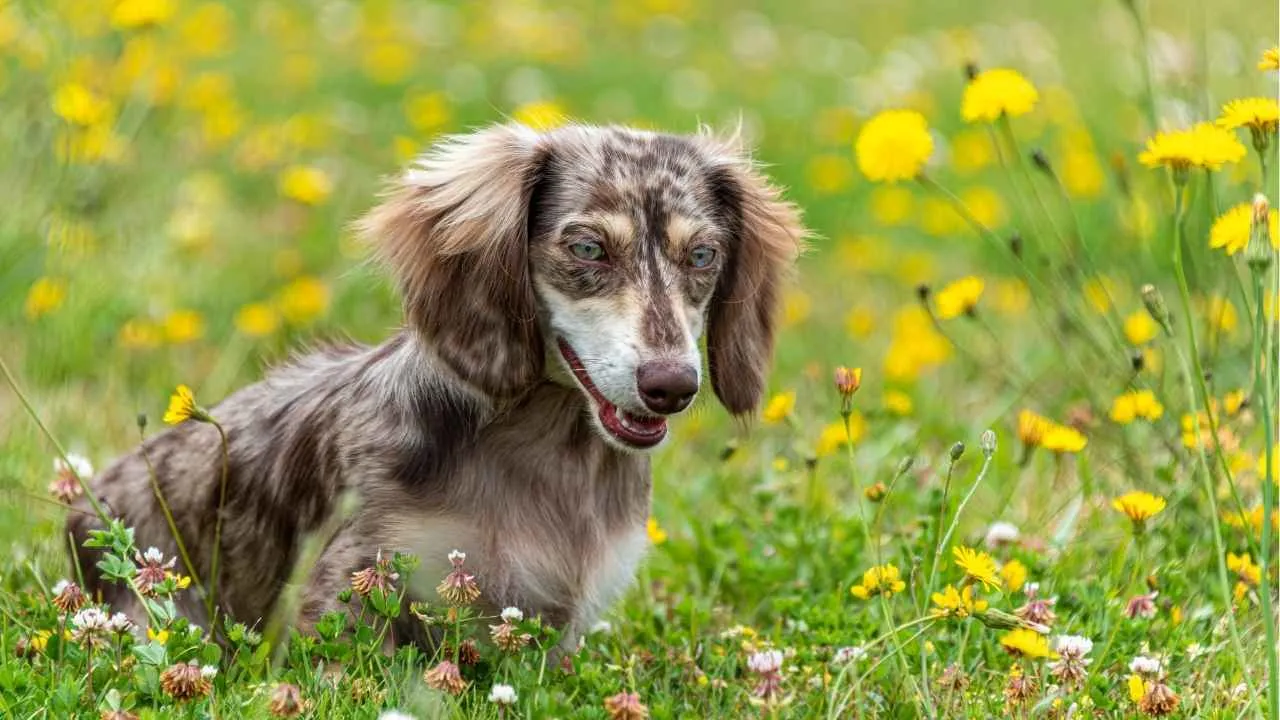
Don’t let their adorable sausage shape fool you — Dachshunds pack a surprising amount of knee trouble in their tiny frames!
Known affectionately as “wiener dogs” or “sausage dogs,” these pups are instantly recognizable by their stretched-out shape, short legs, and expressive eyes that say, “I may be tiny, but I’m the boss around here!”
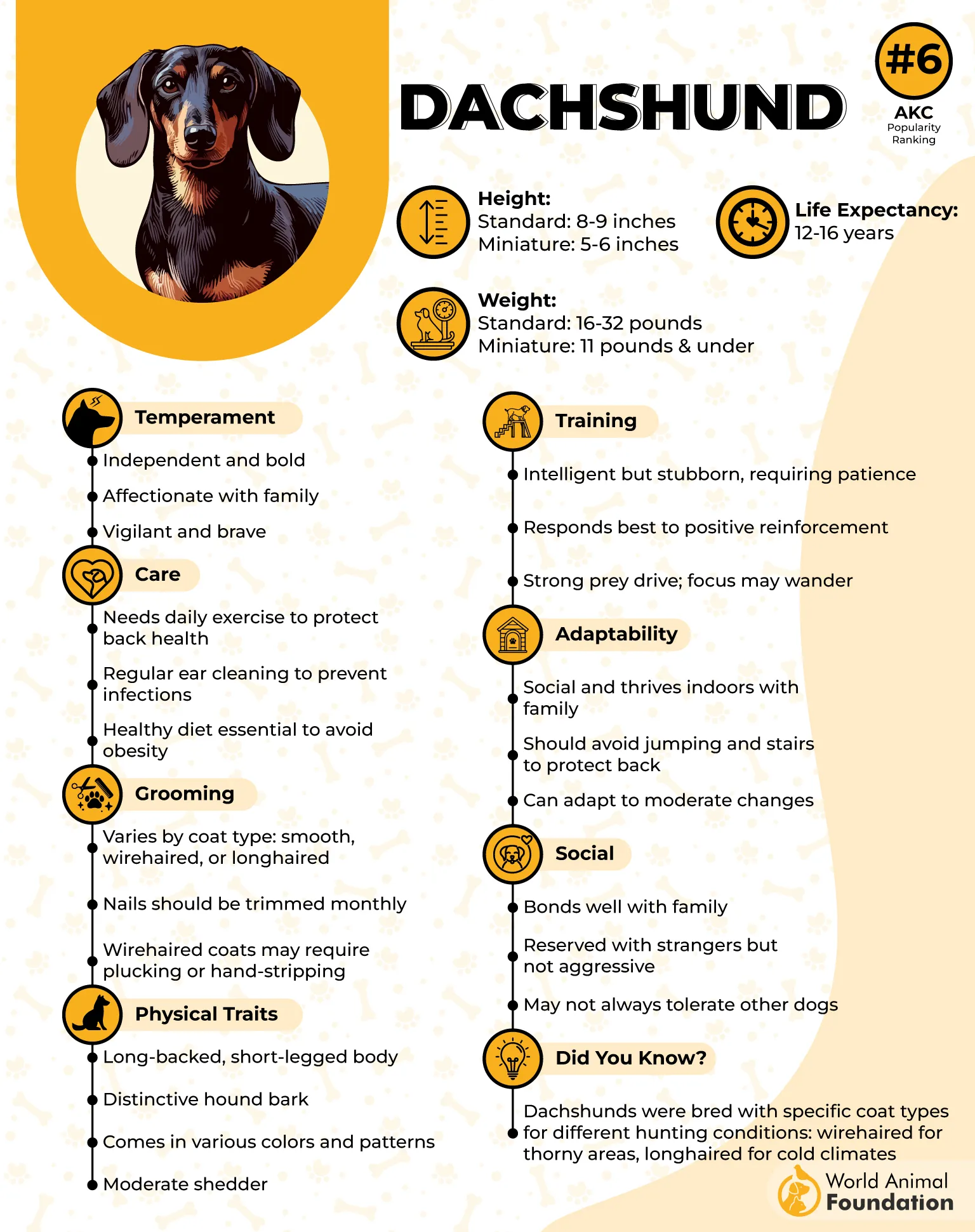
Typically, Dachshunds weigh between 16 to 32 pounds and stand about 5 to 9 inches tall, making them perfect pocket-sized companions with a surprisingly bold spirit. They have a brave heart that often leads them to act much bigger than they actually are, barking away like fearless watchdogs.
These little daredevils are especially prone to patellar luxation, which is fancy talk for their kneecaps deciding to go on a little adventure out of place. When a Dachshund’s knee goes “pop,” they might skip around like they’re auditioning for a circus act, hop in a funny way, or suddenly act like their legs don’t quite obey the “walk” command.
Keeping Those Hot Dog Knees Happy
Avoid letting them jump off furniture (easier said than done when they’re so darn cute, right?).
Gentle walks and low-impact play help strengthen those tiny muscles without overdoing it.
Regular check-ups to catch early signs of kneecap rebellion.
Despite their knee quirks, Dachshunds are full of spunk and personality — little dogs with big hearts (and sometimes grumpy knees).
7. Bernese Mountain Dog
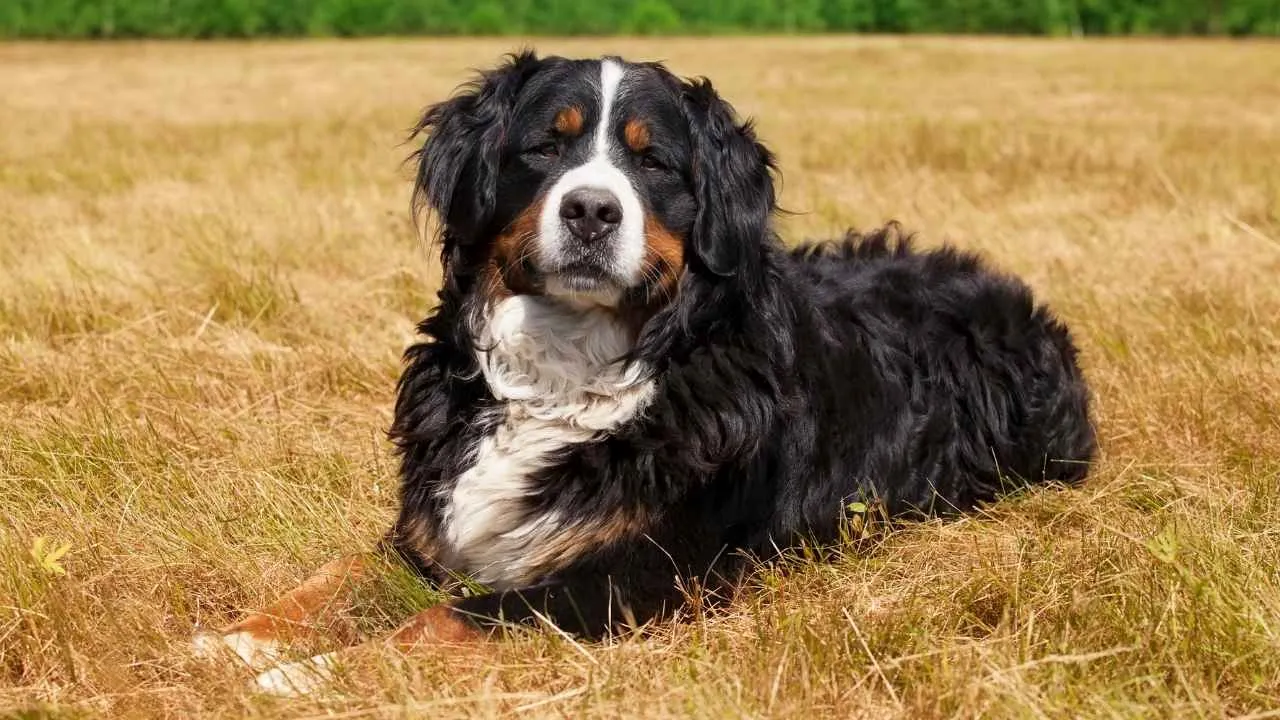
Meet the Bernese Mountain Dog — a big, fluffy teddy bear wrapped in a stunning tri-color coat, looking like a living Swiss Alps mascot.
These gentle giants are famous for their calm demeanor, heart-melting puppy eyes, and the uncanny ability to make you feel like you’re cuddling a warm, furry couch. But — here’s the twist — all that charm comes with some common knee drama that every Bernese owner should know about.
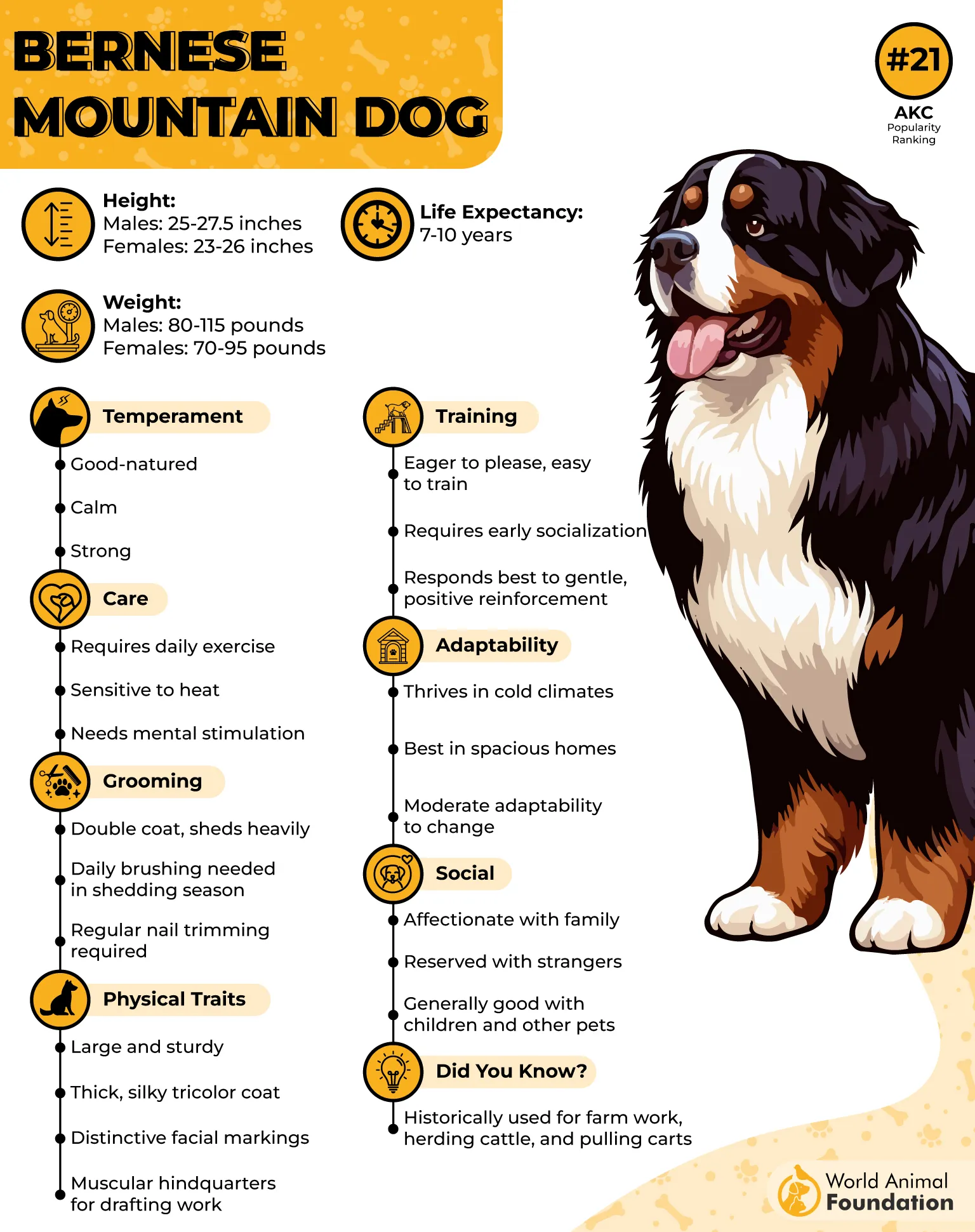
Berners are prone to a condition called cranial cruciate ligament (CCL) rupture — basically, it’s the doggy equivalent of a torn ACL in humans.
When this ligament goes “snap,” it throws their knee stability off, causing limping, pain, and a serious case of “why won’t my paws work properly?” On top of that, hip and elbow dysplasia can also mess with their mobility, but the knees tend to steal the spotlight in the “common problems” department, says PetMD.
With their big, hefty frames (think 70-115 pounds of muscle and fluff), all that weight puts extra pressure on their joints, especially the knees. Add in their sometimes lazy, “I’d rather nap than sprint” attitude, and you get a recipe where knees might just cry for a little extra TLC.
Keeping Those Knees Happy
Early detection is key — if you notice your Berner limping or struggling to get up, don’t wait to get those knees checked.
Keep those fluffy bears trim; a little extra padding on the belly means extra work for the knees.
Swimming and gentle walks are the knees’ best friends — skip the intense jumps and stair marathons.
As per Wikipedia, a UK study reported that the average life expectancy of Great Danes is 10.6 years, which is lower than the average for purebreds (12.7 years) and crossbreeds (12 years).
Despite their knee quirks, Bernese Mountain Dogs are troopers with hearts as big as their paws. With the right care and a little patience, they’ll keep lumbering happily through life, snuggling you through every knee-ache moment.
Conclusion
Many other dog breeds, from Yorkshire Terriers and Miniature Poodles to Boston Terriers and Bichon Frise, are also susceptible to knee problems, particularly involving the stifle joint and anterior cruciate ligament (ACL). In smaller dogs and many small breeds, a torn CCL often results from sudden movement or wear over time, especially in older dogs and active dogs. In larger breeds, the strain from the dog’s weight also puts added pressure on the dog’s knee, cartilage, and femur.
Early diagnosis, proper treatment, balance exercises, and guidance from a trusted vet are essential to protect your pet’s health. In severe cases, surgery may be needed. While other breeds can also be affected, understanding how this issue affects dogs helps ensure a better, more comfortable life, regardless of breed or size.


